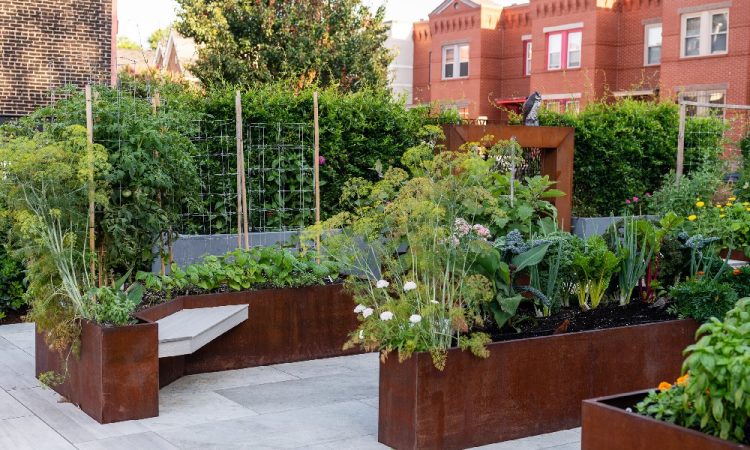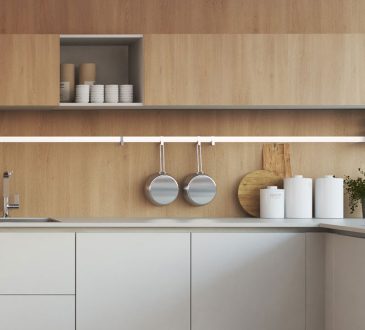
Hanging planters are a popular and versatile way to add greenery and visual interest to indoor and outdoor spaces. They come in various styles, sizes, and materials to suit different plant types and decor preferences; investigate this site to learn how to install hanging planters.
Best spot for hanging planters at home
The best spot for hanging planters at home will depend on various factors, such as the type of plants you have, the amount of sunlight required, and the overall layout and aesthetics of your living space.
- Natural light availability. Most indoor plants need ample natural light to thrive. Identify areas in your home that receive sufficient sunlight throughout the day. South or southwest-facing windows are usually great spots for hanging planters as they receive the most sunlight.
- Avoid drafts and extreme temperatures. Ensure that the chosen spot doesn’t have cold drafts or extreme temperature fluctuations.
- Space and safety. Choose an area where the hanging planter won’t obstruct foot traffic or doorways. Also, ensure that the planter is securely anchored to the ceiling or wall to avoid accidents.
- Humidity levels. Some plants prefer higher humidity levels. Bathrooms or kitchens with proper ventilation can be suitable spots for such plants.
- Aesthetic considerations. Hanging planters can add a decorative element to your home. Choose spots that complement your interior decor and bring life to otherwise dull corners.
- Accessibility. Ensure that the hanging planters are easily reachable for watering, pruning, and maintenance. Hanging them too high may make care difficult.
- Suitable surfaces. Consider the type of surfaces available for hanging. Some planters are better suited for ceiling hooks, while others may require wall-mounted brackets.
- Pet and child safety. If you have pets or young children, avoid placing toxic plants in hanging planters within their reach. Make sure to research the toxicity of your plants and keep them out of harm’s way.
- Weight Limit. Check the weight capacity of the area where you plan to hang the planters to ensure it can support the weight of the plants and the planter itself.
Potential spots that often work well for hanging planters include:
- Windows
- Patio or Balcony
- Staircase
- Ceiling Hooks in Living Spaces
- Empty Wall Spaces
- Bookshelves or Room Dividers
Regularly assess how your plants respond to their placement and adjust as needed. Each plant has unique needs, so be prepared to move them if they show signs of distress or underperformance in their current location.



